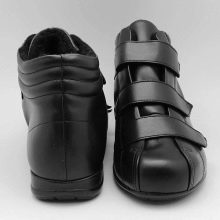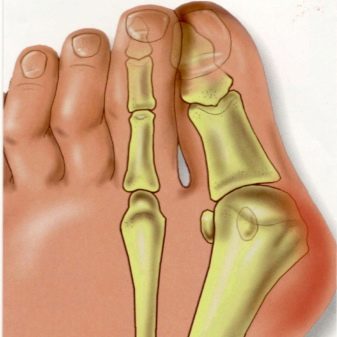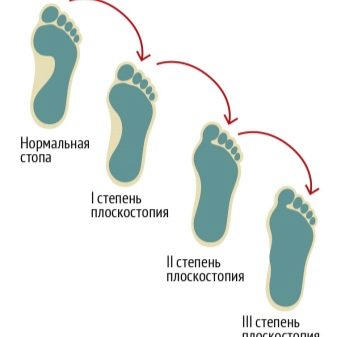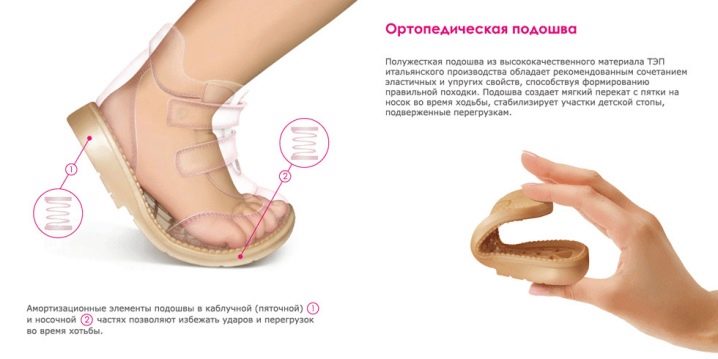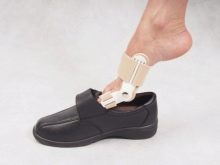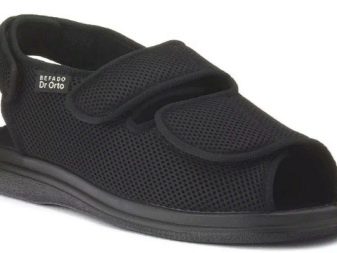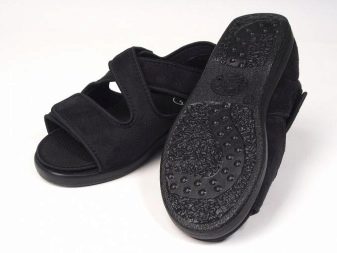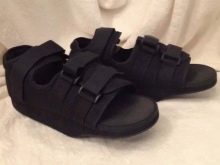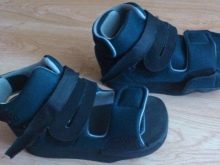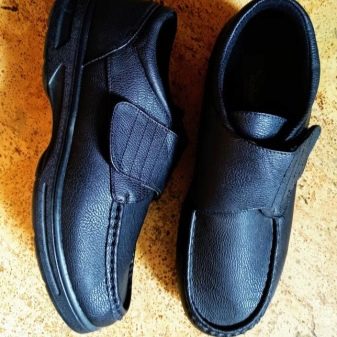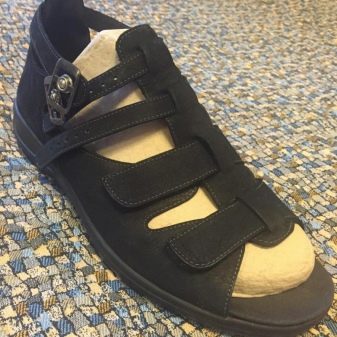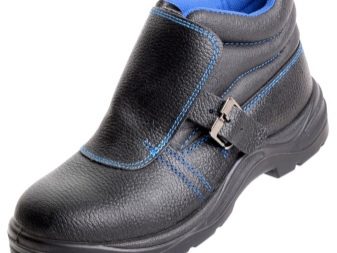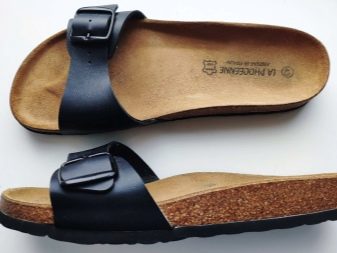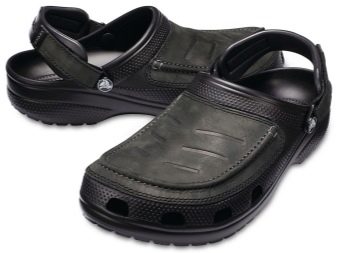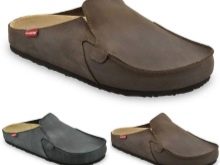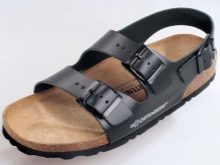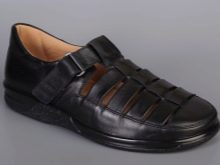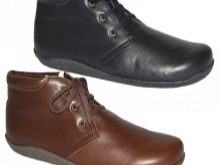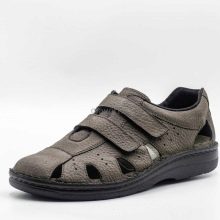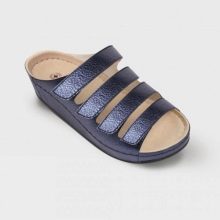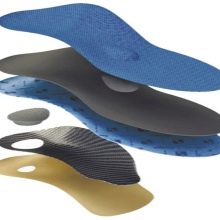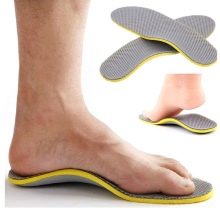Orthopedic shoes for men: types and selection rules
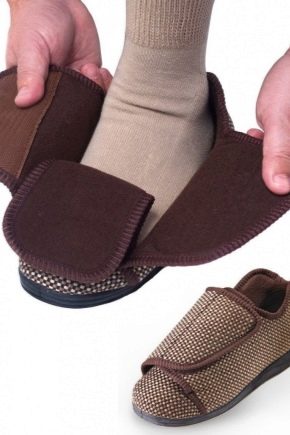
You can use men's orthopedic shoes to maintain foot health and wellness. A wide variety of options will allow you to choose suitable models for any season.
Peculiarities
The human foot is a unique part of the body. Regardless of age, each step uses 6 muscles, 7 joints and 26 bones. A normally functioning system makes it possible to be in a correct, comfortable position while driving and has a positive effect on health.
In cases where the foot develops incorrectly, flat feet, various disorders in the functioning of the musculoskeletal system, diseases of the cardiovascular system occur.
The need for orthopedic shoes arises for medicinal purposes or for the prevention of foot diseases.
Orthopedic shoes for men are necessary:
- to secure the feet in the correct position;
- to expand the area of support, reduce pressure from painful foci of the foot;
- to distribute the load between areas of the surface of the foot.
Men's orthopedic shoes differ from the usual ones in a number of parameters.
- It is made from natural high quality materials. Exactly repeating the shape of a human leg, the material allows it to breathe without retaining moisture.
- It covers the foot tightly, this is achieved thanks to Velcro and laces. The main requirement for the backdrop is that it must be elongated and rigid, and inside it is made of soft fabric that does not have thick seams.
- The main feature of the sole is that it is firm, but at the same time it is light and flexible to protect the ligaments and joints from sprains. The sole should bend slightly in the toe area. It should be made of non-slip material in order to avoid injury.
Indications and contraindications
Men's orthopedic shoes should be worn on an ongoing basis when:
- flat feet;
- high blood sugar;
- overweight;
- sluggish diseases of the ligaments;
- the need to spend most of the day on their feet;
- presence of corns and heel spurs.
There are no contraindications to wearing it. For adults who do not suffer from deformity of the foot, orthopedic shoes cannot harm in any way.
But at the same time, the condition must be observed that it must be suitable in size and comply with quality standards.
Species overview
All orthopedic shoes are divided into several types.
According to the severity of the therapeutic effect
With a disease such as hallux valgus, it hides the defect and gives a comfortable feeling with every step.
Anti-varus shoes are characterized by the presence of dense soles, hard backs, which make it possible to improve the position of the feet.
Shoes recommended for rheumatoid feet are designed taking into account all the anatomical features of a similar foot for rheumatism and arthritis. The main characteristic is the presence of a spacious nasal region, which provides comfort when walking.
For people suffering from excess blood sugar, the shoes are made from high quality materials and have a seamless lining that does not allow pressure on the foot.
The footwear recommended for wearing after surgery does not allow you to strain the most different areas of the foot. The design of this type of shoe depends on which department the load should be removed from.Such products are used during periods after surgery, as well as during foot injuries.
In addition, it should be borne in mind that there are such professions when a person spends a long period of time on his feet, in motion. In this case, the load on the muscles cannot be reduced. For representatives of such professions, professional orthopedic shoes are being developed, equipped with a flat sole, and the components that minimize muscle loads do not put pressure on the feet.
All types of orthopedic shoes have their own purpose, so they should be selected based on the need for them.
Seasonality
The shoes of the autumn-winter season include boots, boots, low shoes, shoes. The material that goes into the production of such products must have water-repellent properties. Shoes should not constrain your legs, especially if there is swelling and pain.
Summer footwear is represented by shoes, slippers, clogs. They differ from winter models in a lightweight design, and high-quality breathable material is used for their sewing. The heel of such shoes is usually dense, as well as the toe, which makes it possible to hide defects of the toes and correct the base of the foot.
By appointment
There are 4 types of orthopedic footwear by appointment.
- Preventive. It is used to prevent the development of flat feet, makes it possible to develop a good gait.
- Therapeutic. It is used to correct flaws in the development of the foot, does not allow deformation.
- Home. It makes it possible to minimize muscle tension, eliminates traces of fatigue, pain. It is made on the basis of a material that does not cause negative skin reactions. Closed-toe and wedge slippers are most preferable.
- Sports. This type of footwear is designed for people involved in sports. Samples are equipped with anti-stress sole, hard heel counter, carcass or soft insole. This makes it possible to protect the foot from damage when running and jumping and evenly distribute the load.
Design
Orthopedic shoe manufacturers have begun to create fashionable and elegant designs that combine a high degree of comfort, therapeutic qualities and modern design. It will provide an opportunity to correct or prevent leg health.
Models can be open (sandals, flip-flops, slates) and closed, used in the rainy season and in winter (boots, low shoes, shoes).
Manufacturers
- Berkemann from Germany. The models represented by this brand are called "smart" because they can adapt to the anatomical features of their owner. The main feature of the shoes of this brand is the presence of a five-phase insole, which is not glued to the bottom, it reduces the load on the spine.
- Luomma. A trade mark with Finnish roots and united with the domestic company "Ecoten". Shoes are more therapeutic. It stands out for its comfortable fasteners, breathable material and uniqueness.
- Grubin. A company that currently produces over 3 thousand pairs of shoes a year. The main difference between the products of this brand is the anatomical sole, which relieves stress from the legs and joints.
Selection Tips
The correctly matched orthopedic pair guarantees health and comfort. When choosing such shoes, you should pay attention to important subtleties.
- Products of this type are made only from natural materials. They are durable, allow free air circulation and evaporation of excess moisture. If the model is made of leatherette, then it means that there is no benefit from it.
- When purchasing, you need to inspect the product well: are there any protruding threads, unstitched seams, poorly glued sole, an unpleasant smell. These signs are uncharacteristic for quality footwear.
- Orthopedic shoes should be purchased in a specialized store, while a certificate of conformity is required.
- It is best to try on the product by the end of the day, because the legs can swell and grow in size during the day.
- If there are bones on the toes, then the shoes should be purchased one size larger.
- You should not buy very tight shoes because they can cause squeezing or chafing.
In addition to shoes, you should also buy insoles. With their help, you can adjust the available space, correctly distribute body weight and load on the foot.
An overview of the orthopedic men's shoes from the Waldläufer brand in the video below.


